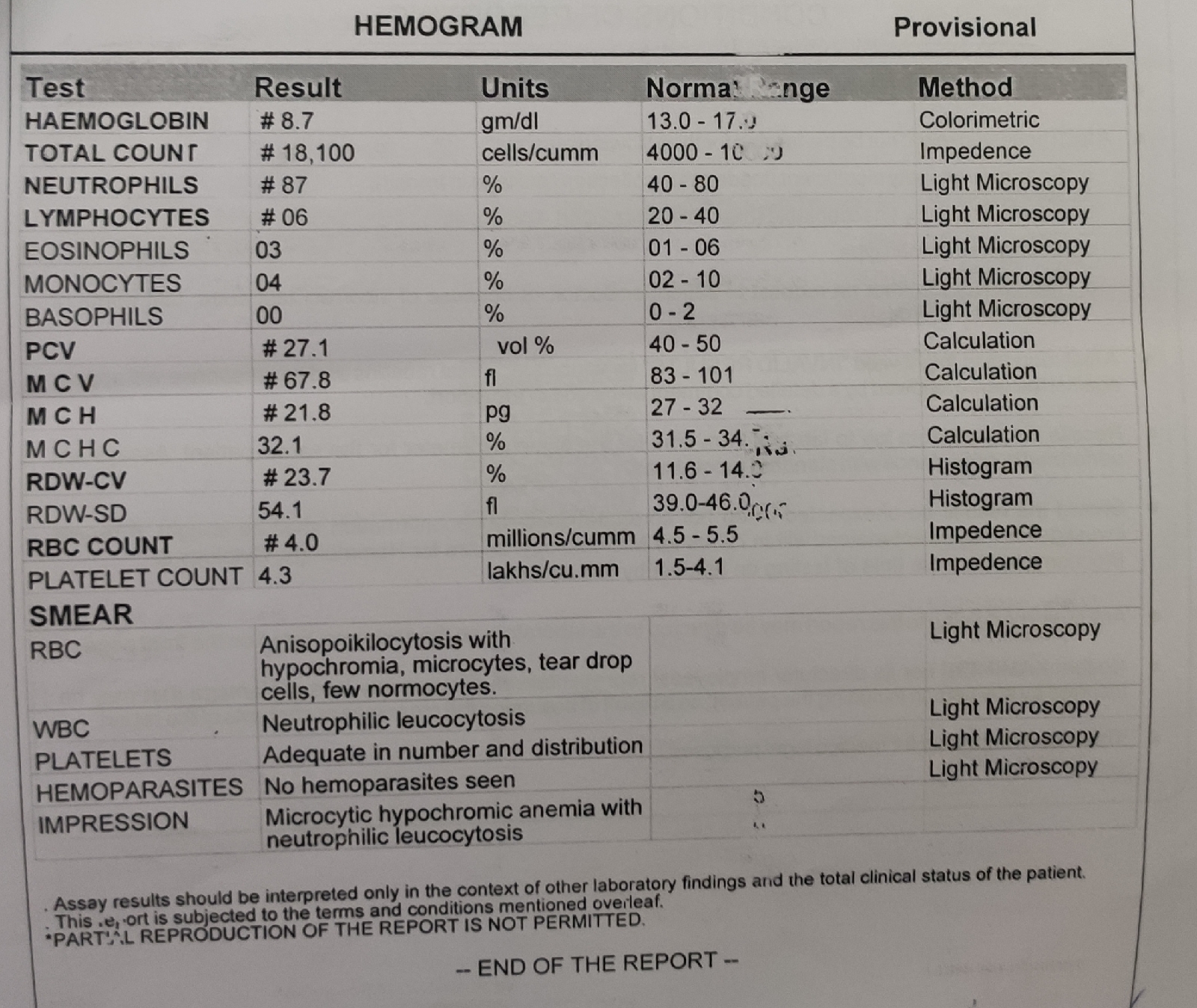Thursday, October 28, 2021
CASE OF CHRONIC KIDNEY DISEASE
Sunday, October 24, 2021
GENERAL MEDICINE MONTHLY ASSIGNMENT
Evolution of symptoms were very well presented. Explanation for every treatment and causes were written in a very coherent manner.Overall it was very well explained and easy to understand.
CASE-2:
The history taking of the patient was written so orderly manner.As it has more pictures it was easier to understand the context.The important points were highlighted.The daily timeline routine helped in understanding the case in a better way.
CASE-3:
The case was very well presented and explained.All the keywords were highlighted which made it easier to get the concept and the mechanisms of treatment and the case were very well explained.The radiological information regarding the case made it easy to understand.The x-rays were made it better to understand.
CASE-4:
It has been elaborated in very good manner. The main points have been highlighted clearly.The pictures of investigation are posted in the elog which made it easier to follow up the case.The timely updates were also mentioned.The soap notes and plan of care was clearly mentioned.
CASE-5:
The explanation was good, but the certain points could have been highlighted. If a summary of patients details is given which made it much easier to understand.
CASE-6:
Very clean presentation and very well explained.It was easy to understand.Time line of treatment gave a huge help to understand the progression of patients situation.The pictures and x-rays and MRI scan pictures made it easy.
CASE-7:
The summary of the patient was mentioned which made it easier to understand.The presentation was neat, but certain points can be elaborated.The important words were highlited which made easier to understand the case.
CASE-8:
The patient history could have been elaborated to understand the case even more easily.The discharge summary was not given. Other than that everything is nicely presented.The scan reports were attached in orderly manner and time is mentioned regarding the investigation which is good.
CASE-9:
The patients case has been summarized it is easily understandable,the presentation was very neat and easy to understand.Main points were not highlighted.The time line events were posted with progress of patient's symptoms which is very well done.
CASE-10:
The case is presented well.The time line graph of vitals had helped to understand his progress clearly.Time line of laboratory investigations is give.This made me easy to understand whether he is reacting and getting better with the the medications given to him.
CASE-11:
The case was presented well.The summary at the end was a good idea it end with.The laboratory investigations well presented in coherent manner.
QUESTION-2,3:-
Please analyze the above linked long and short cases patient data by first preparing a problem list for each patient in order of perceived priority (based on the shared data) and then discuss the diagnostic and therapeutic uncertainty around solving those problems.
History of low grade fever, intermittent, not associated with chills and rigor.
Patient also complaints of yellowish discoloration of urine since 1 month, passing of clay colored stools since 1 month.
He also complaints of itching all over the body since 1 month, decreased appetite, loss of weight and generalised weakness since 1 month
Diagnostic approach and treatment
Antibiotic therapy (if indicated for infection)
- Endoscopic retrograde cholangiopancreatography (ERCP),
- Intravenous fluids and pain medications
(Captured by 2016 batch intern post final year mbbs) :
QUESTION-4:-
Testing competency in patient data capture and representation through ethical case reporting/case presentation with informed consent
Share the link to your own case report this month of a patient that you connected with and engaged while capturing his her sequential life events before and after the illness and clinical and investigational images along with your discussion of that case.
ANSWER-4:-http://uakanksha.blogspot.com/2021/10/case-of-chronic-kidney-disease.html
QUESTION-5:-
osce and learning points - prefinals
OSCE- PREFINALS Case report:- https://uakanksha.blogspot.com/2023/12/a-65-yr-old-female-with-syncope.html Q. What is the best method to perf...
-
OSCE- PREFINALS Case report:- https://uakanksha.blogspot.com/2023/12/a-65-yr-old-female-with-syncope.html Q. What is the best method to perf...
-
CASE OF A 65 YEARS OLD FEMALE WITH SYNCOPE . This is an online e log book to discuss our patient's de-identified health data shared af...













